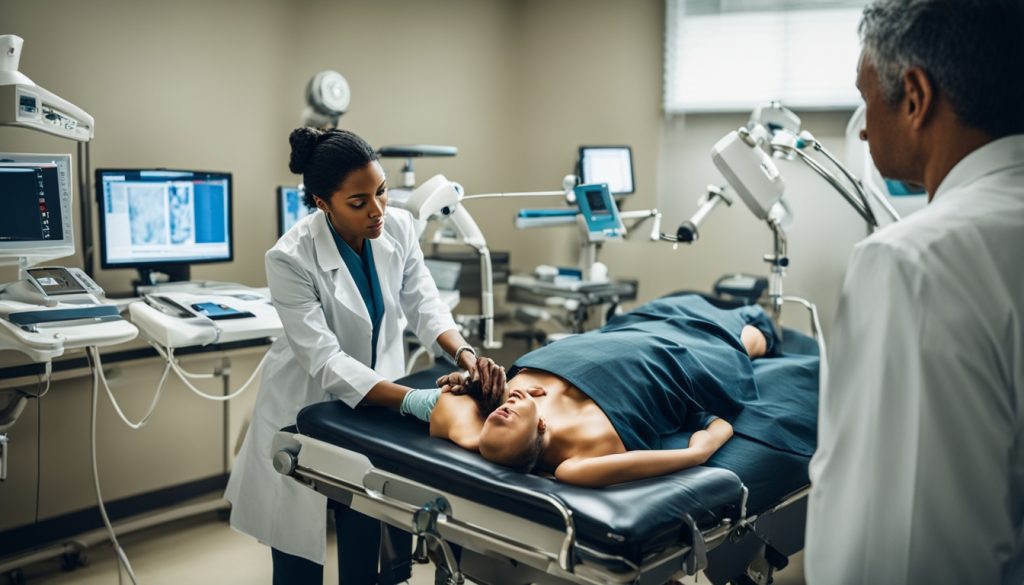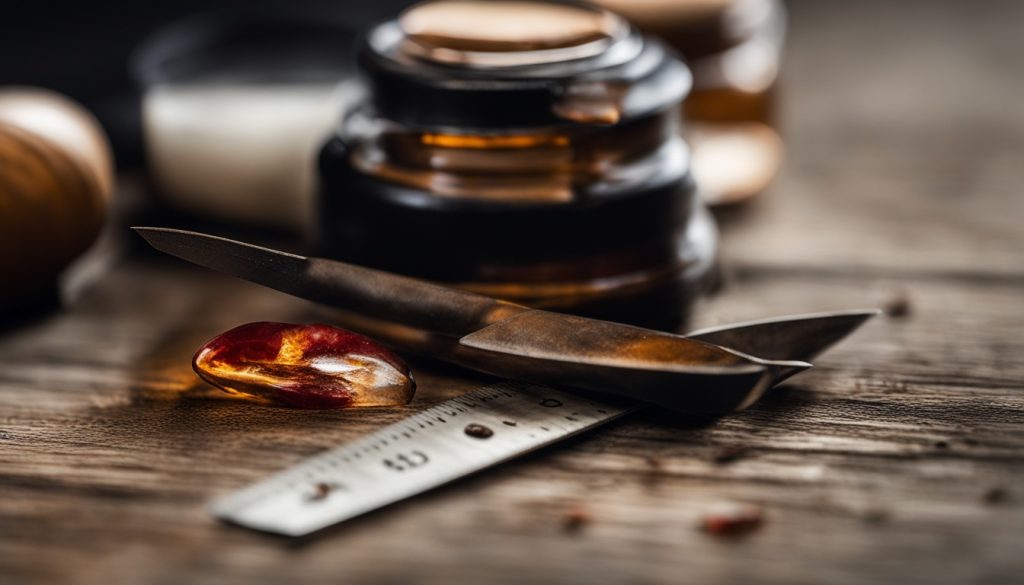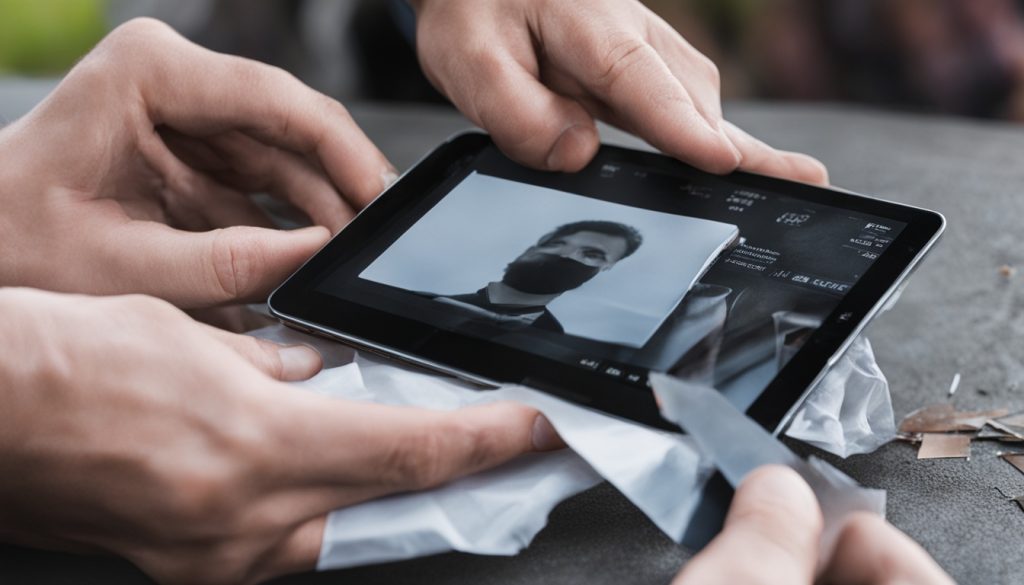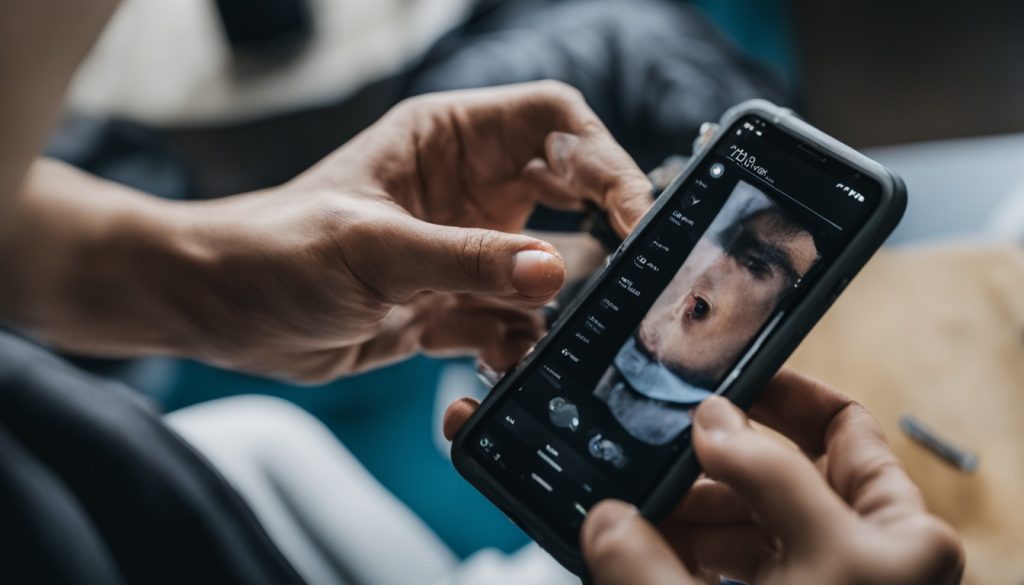When you’re hurt in an accident, it’s crucial to document your injuries well. This is key to a strong personal injury claim. Gathering the right evidence increases your chances of getting fair compensation1.
Your first step is to get immediate medical care. This is important for your health and your legal case. Quick medical attention helps with recovery and links the accident to your injuries1.
Then, collect visual proof like photos and videos. These show your injuries, the accident scene, and any damage. They’re strong evidence of your injuries and help prove fault12.
Don’t overlook witness statements. They’re important for your case. Try to get them right after the accident. Also, keep a detailed injury diary. Write about your symptoms, pain, and how the injury affects your daily life. This diary is key evidence2.
Last, gather all important documents. This includes medical bills, repair invoices, police reports, and wage loss info. These records show your losses and make your claim stronger2.
Key Takeaways
- Seek medical attention right away
- Take photos and videos of injuries and accident scene
- Collect witness statements promptly
- Keep a detailed injury diary
- Gather all relevant documents and reports
- Preserve all evidence related to the accident
- Consider working with a personal injury attorney
The Importance of Proper Injury Documentation
Keeping detailed records of your injury is key for your claim. It proves how the accident caused your injuries and helps you get fair compensation. Accurate records show the link between the accident and your injuries3.
Establishing Causation and Liability
Good documentation means having medical records and expert opinions. These show the extent of your injuries and the care you needed3. Medical records are strong evidence that proves your injuries came from the accident4.
Supporting Your Compensation Claim
Right documentation shows the full effect of the accident on you. It helps figure out a fair payout3. The more evidence you have, the better your chance of getting a fair settlement4.
Enhancing Credibility in Legal Proceedings
Good medical records make your injury case stronger5. Without detailed records, the other side might question your claim4. You need proof to show you were really hurt4.
Act fast with your injury records. Quick medical care and saving evidence like photos and witness statements helps your case3. Keep a journal, save medical bills, and get statements from doctors to back your claim3.
Seek Immediate Medical Attention
After an accident, getting medical help right away is key for your health and legal rights. Quick medical checks prevent more problems, help you heal faster, and lower the chance of injuries getting worse6. Even if you don’t feel hurt, you might have hidden injuries like whiplash or internal damage that don’t show up right away7.

Getting medical help quickly means finding and treating all injuries early6. This is crucial for your health and links the accident to your injuries clearly. Medical reports are key in figuring out how bad your injuries are for legal matters8.
Waiting to get medical care can hurt your injury case. Insurance companies might think your injuries are minor or not related to the accident, which could lower your compensation or deny your claim67. Quick care builds a solid record of your injuries, making your claim stronger.
| Benefits of Immediate Medical Attention | Impact on Personal Injury Claim |
|---|---|
| Early diagnosis and treatment | Establishes clear causation |
| Prevents complications | Strengthens compensation claims |
| Creates medical evidence | Supports fair compensation |
| Identifies hidden injuries | Facilitates accurate injury logs |
Having full records of your injuries boosts your chance of getting fair compensation8. Medical proof and detailed injury logs are the core of your injury claim. They help protect your rights and get you the compensation you deserve.
Documenting Injuries, Personal Injury, Legal Evidence: A Comprehensive Guide
Proper documentation is key in personal injury cases. With a 97% rise in such cases between 2019 and 2020, having solid evidence is crucial9. This guide will walk you through how to document your injuries well.
Gathering Medical Records and Reports
Collect all medical records tied to your injury. This includes diagnoses, treatment plans, and test results. These documents are vital for your claim, showing the extent of your injuries and the care you’ve had. About 95% of personal injury cases settle before trial, so strong medical evidence can help you get a good settlement9.
Maintaining a Detailed Injury Journal
Keep a daily log of your symptoms, pain levels, and how the injury impacts your life. This journal can be strong evidence, showing the real-life effects of your injuries. It’s especially useful in slip-and-fall cases, car accidents, and bicycle accidents – common types of personal injury claims910.

Collecting Visual Evidence
Wound photography is key to documenting your injuries. Take clear, well-lit photos of your injuries from different angles. Capture images over time to show how they heal. These visual records can greatly boost your case10.
The burden of proof in personal injury cases is based on a preponderance of evidence. Your legal injury records, including photos, medical reports, and journals, must clearly show your experience. With detailed documentation, you boost your chances of fair compensation10.
Preserving Physical Evidence and Witness Statements
After an accident, it’s key to keep physical evidence and get witness statements. These are important legal proof that help your case. They make your accident injury reports stronger11.

Physical evidence is crucial for proving who was at fault. It helps show your injuries and can greatly affect your claim’s success12. Save things like torn clothes, broken items, or anything from the accident. Also, take pictures of the scene, your injuries, and any damage.
Witness statements are also crucial. They give more views that back up your story12. Quickly get contact details from witnesses and ask them to write down what they saw. Since memories can fade, act quickly for clear and detailed statements12.
| Evidence Type | Importance | Action Required |
|---|---|---|
| Physical Evidence | Establishes fault | Collect and preserve |
| Witness Statements | Provides additional perspectives | Gather contact info and written accounts |
| Medical Records | Documents injuries | Seek immediate medical attention |
Remember to tell a doctor about your injuries right away. This is key for recording your health and stopping insurance companies from questioning your injuries12. By carefully keeping evidence and getting witness statements, you’re building a solid case for your personal injury claim.
Tracking Expenses and Lost Wages
It’s key to keep accurate records of your expenses and lost wages for your injury claim. This helps show the full impact of your damages and boosts your case.
Medical Bills and Related Costs
Be thorough in recording all medical bills and expenses. This includes hospital stays, doctor visits, and rehab costs. Also, remember to track any money spent on getting to medical appointments. These records are crucial, especially for car accident claims13.
Documenting Income Loss
If your injury made you miss work or lowered your income, document this. Ask your employer for a letter that lists your usual pay and the time you missed work. If you’re self-employed, collect tax returns and business records to prove your income changes.
Out-of-Pocket Expenses
Keep all receipts for expenses linked to your injury. This includes things like:
- Medical equipment
- Home modifications
- Prescription medications
- Over-the-counter pain relief
- Household help
These expenses, with proper documentation, are key evidence for your injury claim. They can greatly affect your compensation. Keeping detailed records of medical costs and lost wages is vital. It helps counter insurance adjusters’ efforts to downplay your injury13.
| Type of Expense | Importance in Claim | Documentation Required |
|---|---|---|
| Medical Bills | High | Itemized bills, receipts |
| Lost Wages | High | Employer letter, pay stubs |
| Out-of-Pocket Costs | Medium | Receipts, invoices |
Remember, having detailed medical records can increase your potential compensation by up to 30%14. By carefully tracking all your expenses and lost wages, you’re building a strong case for your injury claim.
Working with a Personal Injury Attorney
Working with a skilled personal injury attorney is key to handling your claim’s complex parts. They can collect more evidence and find missing pieces in your legal records15.
Give your lawyer all your documents, like medical records, photos, witness statements, and expense reports. This helps increase your chance of getting fair pay1615.
Keep in touch with your lawyer about any changes in your health or money matters. This keeps your case strong and current17.
Personal injury cases with lots of evidence do better in court. Your lawyer’s skill in gathering and using evidence can greatly affect your case’s result15.
“Proper documentation and experienced legal representation are key to maximizing your personal injury claim’s potential.”
By working closely with your attorney and giving them all the evidence, you’re taking important steps towards getting the compensation you need for your losses17.
Conclusion
Documenting injuries is key to a strong personal injury claim. You need to collect detailed medical records. This shows your injuries and treatment clearly, which helps your case1819.
Keep track of all your financial losses, like missed work and out-of-pocket costs. These are important for showing your economic damages19. Also, collect witness statements and take clear photos of your injuries. These can make your case stronger18.
Keeping a personal journal of your symptoms and pain is helpful. It shows your recovery journey. With expert opinions, it adds credibility to your claim18. Start documenting right after the accident to show a clear timeline of your injuries18.
By following these steps, you’re preparing a strong personal injury claim. Remember, good documentation is key. It helps you through the legal process with confidence19.
FAQ
Why is proper injury documentation important for a personal injury claim?
It’s key for proving who was at fault and how the accident hurt you. It also helps you get the right amount of money for your injuries. By showing clear proof, it proves the accident caused your injuries and how bad they are.
What should I do immediately after an accident?
Get medical help right away. This makes sure you get the right treatment for your injuries, even if they’re not obvious at first. It also creates a detailed medical history, which is important for your case.
What kinds of documentation should I gather?
You should collect all your medical records and reports. Keep a detailed journal of your injury. Also, take photos and videos of your injuries from different angles to show how they’ve changed over time.
How can I preserve physical evidence and witness statements?
Save any physical evidence like damaged clothes or broken items. Get contact info from witnesses and ask them to write down what they saw.
Why is it important to track expenses and lost wages?
It’s vital for your injury claim. Keep detailed records of medical bills and other costs. Document any lost income and save receipts for injury-related expenses. This helps show how much your injury has cost you.
How can a personal injury attorney help with my claim?
Working with a personal injury lawyer is a big help. Give them all your documents, like medical records and photos. They can find more evidence, fill in any missing info, and present your case well. This can increase your chances of getting fair compensation.
Source Links
- How to Document Your Injuries After an Accident for Legal Claims
- Personal Injury Documentation | What You Need
- The Importance of Documenting Injuries in Personal Injury Cases
- The Importance of Documenting Your Injuries and Treatment
- The Importance Of Documenting Your Injuries In A Personal Injury Case | Flesch & Beck Injury Attorneys
- The Importance of Seeking Immediate Medical Attention After a Personal Injury — Cape Cod Injury Lawyer Blog — May 29, 2024
- Why You Should Always Seek Medical Attention After an Accident | Tormey & McConnell
- How to Document Your Injuries After an Accident
- The Importance of Documenting Evidence in New York Personal Injury Claims – Elliot Ifraimoff & Associates, PC
- How to Document Your Injuries for Your Personal Injury Case | The Pendergrass Law Firm
- Essential Steps for Preserving Evidence in Your Personal Injury Case
- Preserve Evidence for Your Personal Injury Claim
- The Crucial Role of Medical Documentation in Personal Injury Claims – PMR Law
- Documenting Your Accident: A Checklist for Personal Injury Claims | Jack Bernstein Injury Lawyers
- How to Document Your Personal Injury for a Lawsuit | BB&C
- The Role of Evidence in a Personal Injury Claim – Yosha Law Firm – Personal Injury Lawyers
- Documenting Your Damages After a Personal Injury Lawsuit
- How to Document Your Injuries for a Personal Injury Case
- The Crucial Role of Proper Documentation in Personal Injury Claims – Car Accident Lawyer Orlando FL | Personal Injury Attorney in Orlando

